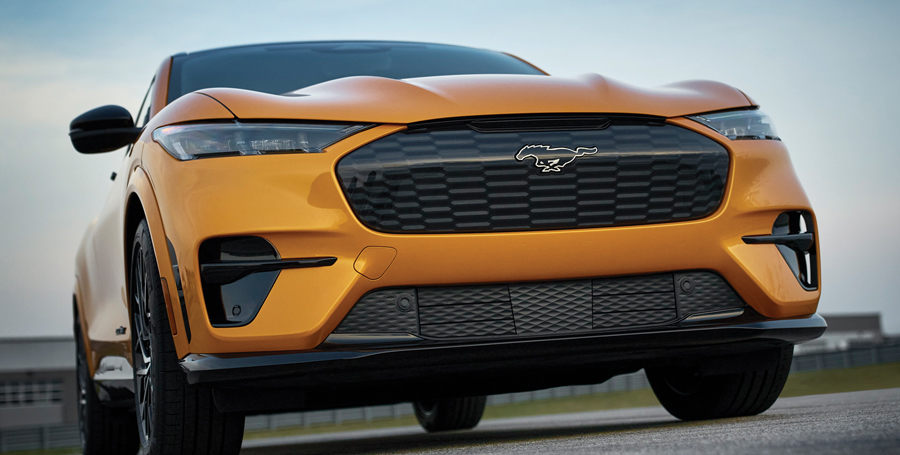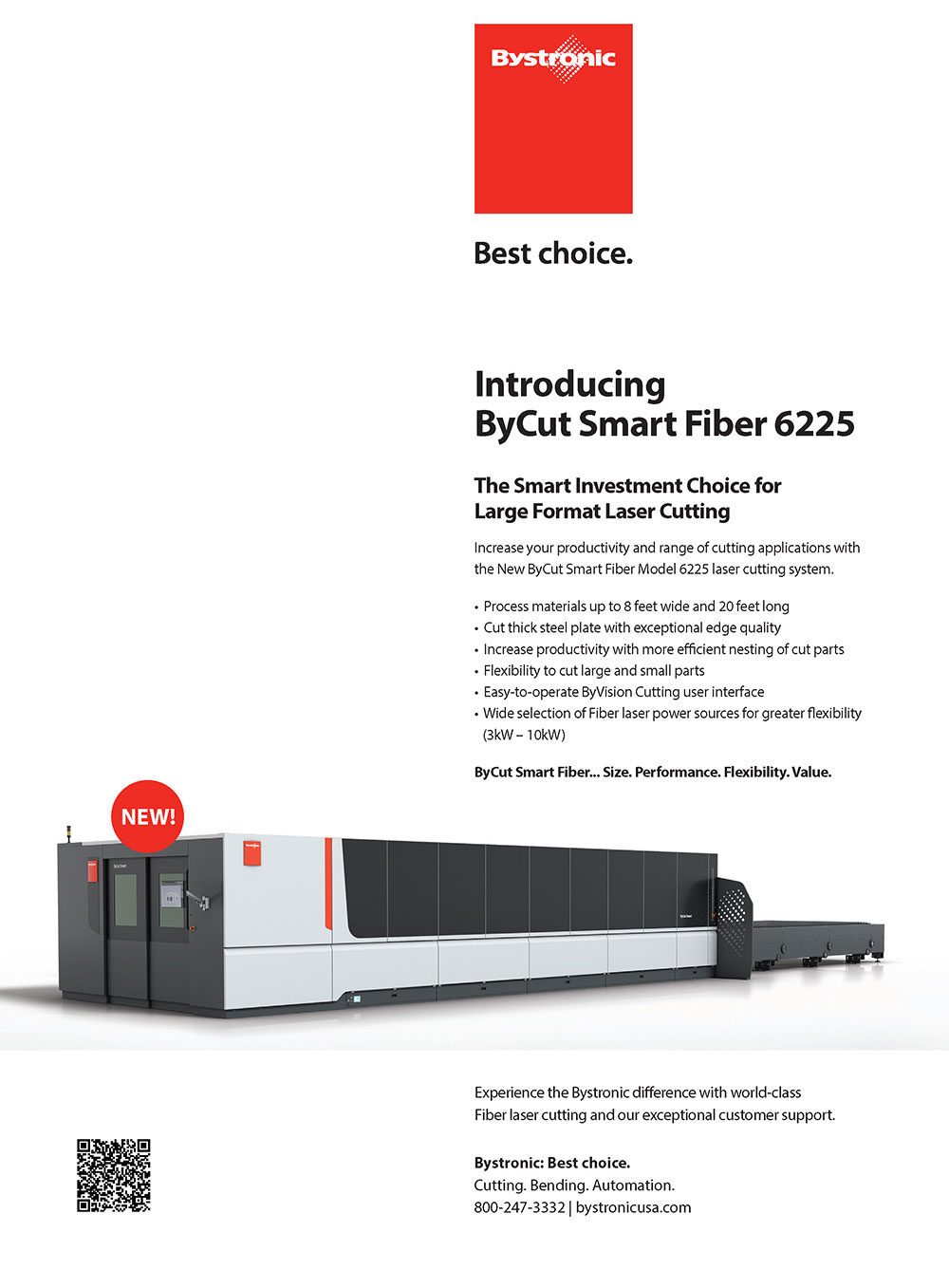

teel was an integral component when Henry Ford’s first Model T rolled off the assembly line in 1908. Fast forward 113 years and steel remains a key ingredient in the production of today’s “horseless carriages.”
Automotive design and manufacturing technologies have changed dramatically over that timeframe. What hasn’t changed is automakers’ reliance on steel to get the job done on highways, byways and dirt roads.
As is the case in many areas of life, automotive manufacturing technologies have advanced a great deal in the past few years. Electric vehicles (EVs) are taking the world by storm.
From BMW to Ford, from General Motors to Volkswagen, and from Tesla to everyone in between, automakers are developing the next-generation EV. Some companies even set goal dates for all sales to be zero emission.
According to Blue Wave Consulting, which provides market intelligence solutions to businesses, the EV market is expected to grow from $128 billion in 2020 to as much as $236 billion by 2027.
Galvanized steel in vehicles was first popularized by Japanese automakers in the 1980s. Soon, every major international automaker had inserted the material into its design specifications. Today, despite some discussion of other metals overtaking its role, galvanized steel has a bright future in the automotive industry, especially with the continued advancement of EVs.
The strength, durability and affordability of galvanized steel keep the material highly relevant. Many automakers have found the advantages of galvanized steel frequently outweigh the benefits of potential alternatives.
Galvanized steel is covered with a protective zinc coating, which provides a physical barrier as well as cathodic protection. The zinc coating provides extreme corrosion protection due to zinc’s flexibility and tolerance for varying temperatures.
Zinc-coated steel also provides environmental benefits for vehicle manufacturers. Steel (and the zinc protecting it) can be recycled endlessly without degrading, and it has lower carbon dioxide emissions than other automotive materials.
While the multi-material vehicle body trend is likely here to stay, galvanized steel will continue to play a central role in the production of electric and autonomous vehicles in the future.
Much work has been done in the past decade on lightweighting steel, which has helped decrease the weight difference between steel and other materials, while keeping steel at a lower price. The lightweighting of steel has helped the automotive supply chain to better respond to consumers’ demand for energy efficient, high-performance vehicles.
The U.S. steel industry has invested in using advanced materials and technologies to create a variety of steels that are lighter and stronger, two qualities particularly appealing in the design of EVs.
The lower price of galvanized steel has also inspired companies to embrace technological developments in EV batteries; by creating larger battery packs, companies can increase the range of these cars to stay in competition with lighter weight vehicles.
Most automakers have chosen to continue using high-strength galvanized steel, except for some ultra-high-end models in which material cost is less of a factor. Despite discussion about several automakers making a complete transition to other materials, many continue using galvanized steel. Audi converted completely to aluminum in the 1990s, but has since returned to steel-intensive designs for certain models, largely due to the metal’s impressive strength and lower cost.
Additionally, the cost effectiveness of using galvanized steel in comparison to metals like aluminum and titanium allows manufacturers to upgrade vehicles through other features.
The automotive industry will continue to change, and companies will incorporate different variations of metals as new research and technology are developed. And the steel industry will continue to adapt and prove resourceful for years to come as EVs become more commonplace and the demand for lighter vehicles continues to grow.
Either way, it won’t be too surprising if galvanized steel is still in the mix 113 years into the future.
